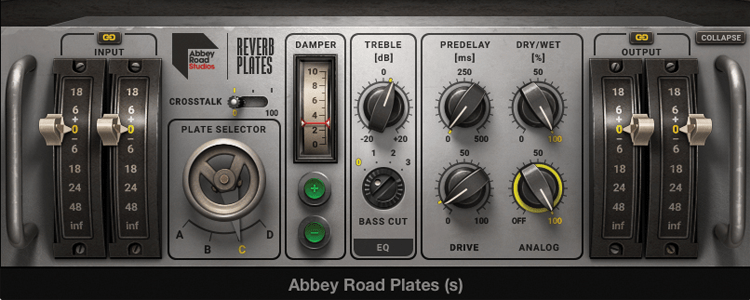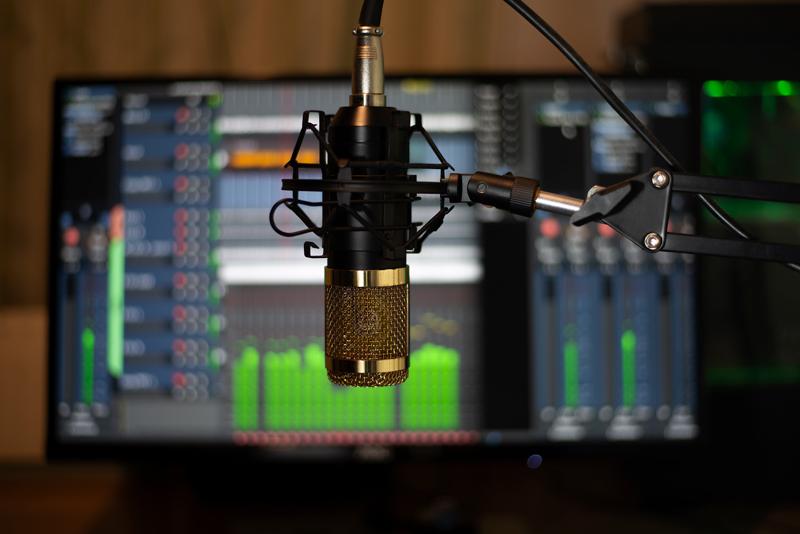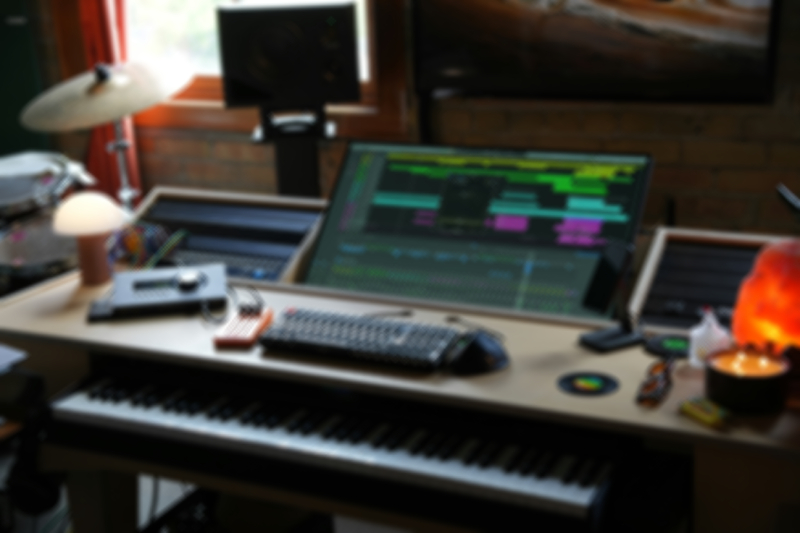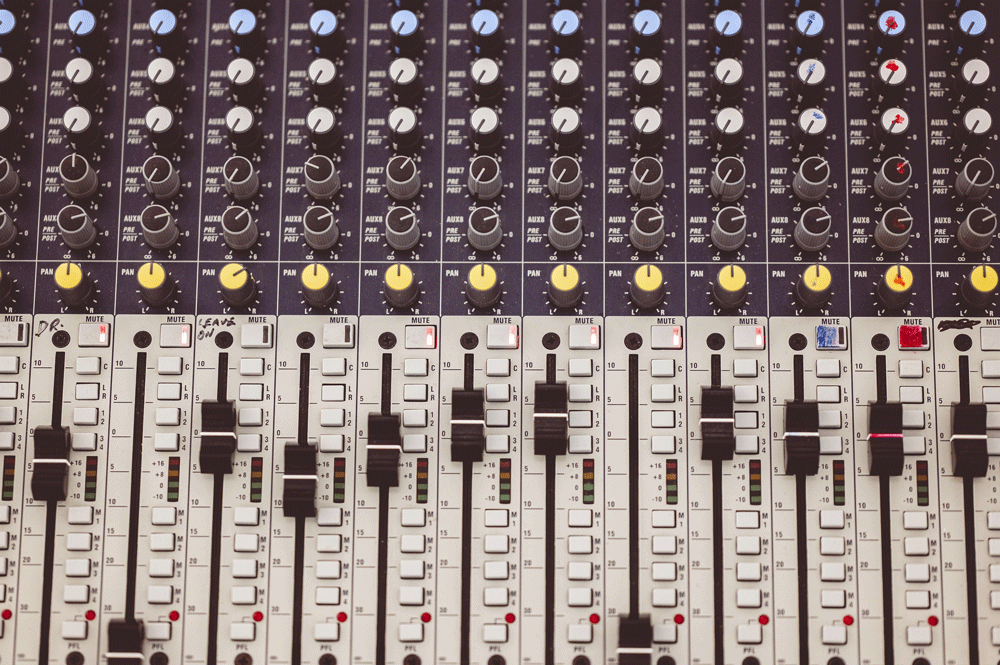Mixing country songs can present quite a challenge to a mixing engineer. A variety of instruments and a great diversity of subgenres require the mix engineer to use different strategies and techniques while mixing different country songs.
What country music are we talking about?
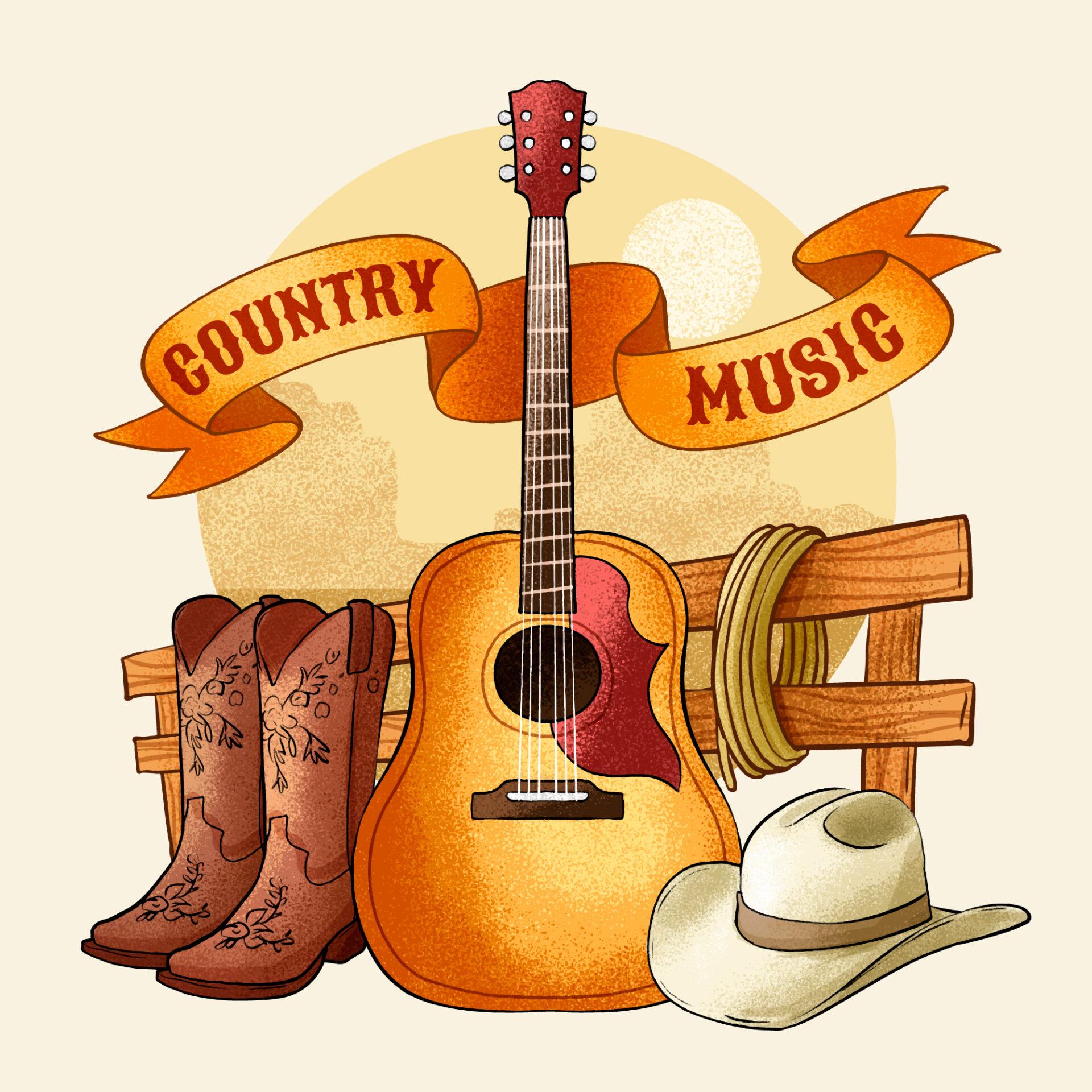 Having been born at the beginning of the 20th century in the Appalachian region, the country initially comprised the traits of folk, blues, the music of Irish, Scottish, and German immigrants, gospel music, and other influences. The combination of these different musical styles helped producers and artists to create the new and unique sound.
Having been born at the beginning of the 20th century in the Appalachian region, the country initially comprised the traits of folk, blues, the music of Irish, Scottish, and German immigrants, gospel music, and other influences. The combination of these different musical styles helped producers and artists to create the new and unique sound.
Since then, the genre has developed and grown into a multitude of subgenres. Each of them incorporated the features of different types of music and changed the style completely.
Bluegrass or hillbilly music
This is the classic type of country, which originated in the Appalachian region of the United States. The music is characterized by its use of acoustic instruments such as banjos, fiddles, and guitars and is hugely influenced by folk music.
Western swing
Then let’s take, for example, western swing, which appeared in Texas in the 1920s and, among others, took on a lot of features of jazz and blues. It includes the parts of saxophones, pianos, and steel guitars. Western swing is blending elements of country and swing music to create a unique sound that influenced many genres that followed.
Honky-tonk
This subgenre lets the electric guitar be prominent, has elements of jazz as well, and puts the emphasis on a strong leading rhythm of drums. Honky-tonk country is characterized by its raw and gritty sound. This subgenre emerged at some point in the 1940s and was popularized by artists such as Hank Williams and Ernest Tubb, who sang about heartbreak and drinking at honky-tonk bars.
Nashville sound
On the contrary, the Nashville sound of the 1960s, which formed the beginning of country-pop, embraced the pop music traits of the time. This gentle subgenre included a choir of backing vocals and orchestral band accompaniment. This new style was a commercial success, appealing to a wider audience beyond traditional country fans. It paved the way for future country-pop crossovers and helped establish Nashville as a major music center.
Modern country subgenres
Every music genre has blended with country since it was created, developing a bunch of new types of music. Now, you may have to mix country rock, country rap, country hip hop, country pop, and many other subgenres. This blending of genres has allowed country music to reach a wider audience and attract fans who may not have been interested in traditional country. It has also led to collaborations between artists from different genres, resulting in unique and innovative sounds.
Mix each subgenre accordingly
In the production process, all these types of songs require different skills from a mix engineer. You need to combine the strategies you use to mix a traditional country song with mixing rock, pop, hip-hop, jazz, blues, rap, or whatever traits the country song you are producing includes. This includes vocal editing and vocal processing in general, compression, loudness, dynamic range, and all other qualities.
To mix these types of music, you’ll rely more on the standards of mixing the influencing genres than on standard point of view of how to mix country. Keep that in mind, as we’ll be giving you our mixing tips for traditional country music.
What is mixing traditional country tracks like?
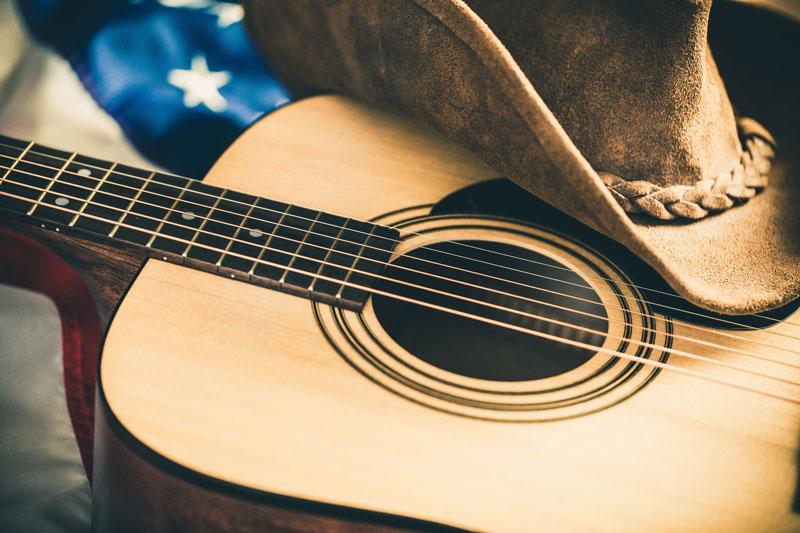 By “traditional country,” we mean the music that has its roots in 1920s country and hasn’t accepted substantial influences from jazz, rock, pop, hip-hop, rap, or any other separate genres.
By “traditional country,” we mean the music that has its roots in 1920s country and hasn’t accepted substantial influences from jazz, rock, pop, hip-hop, rap, or any other separate genres.
If we were to compare mixing traditional country music with some other genre, we would pick rock. Traditional country music is similar to rock in many ways. Both country music and rock music are usually performed and recorded live. A country band members or session musicians play similar set of instruments that is used for rock music, especially folk rock.
So roughly, we can say that if you haven’t mixed country before but know how to mix rock, it’s a good start, and you have great chances to succeed.
However, while the set of instruments generally stays the same for every rock subgenre, in country, there is a variety of instruments bands can use.
Acoustic guitar and other parts you’ll be mixing
At the heart of a traditional country song is the acoustic guitar; however, it’s not always the leading instrument. Some of the main instruments the country genre shares with classic rock music are:
- acoustic guitars
- electric guitars
- bass
- piano
- drums
However, in mixing country music, you may have to deal with many other instruments, like:
- banjo,
- steel guitar,
- accordion,
- double bass,
- harmonica,
- fiddle (violin),
- autoharp,
- dobro,
- mandolin, and many others.
In a country song, each instrument should sound clear and occupy its place in the mix, not fighting with other instruments for space. When a band has a variety of instruments, mixing their songs will present a challenge that requires pretty good mixing skills.
The sound of traditional country music
A lively and dynamic country mix should be natural, with reverb reproducing gentle room acoustics. The listener feels as if they are sitting in the midst of a live performance.
Natural sound
A traditional country mix reproduces natural sounds with slight processing. Everything you hear is clear and transparent, with minimal distortion and harmonics.
Dynamic range
Similar to folk, this genre has good transients and, at the same time, sufficient overall loudness. You should be careful not to kill the loud transients with compression, so you should set the attack time high enough.
Frequency response
As it is with classic rock, the energy stays in the middle, allowing the music to be listened to and enjoyed using different playback devices: car systems, consumer-rate headphones, and so on.
Our tips for mixing country music
The simplest way to learn how to mix traditional country tracks is by looking at how rock songs are mixed. And if you are familiar with mixing rock tracks, then learning how to mix country songs won’t be difficult for you.
However, there are some differences you’ll need to know before starting to mix your first country track. In this article, we’ll discuss the peculiarities of a traditional country record mix and its differences.
Use analog processing
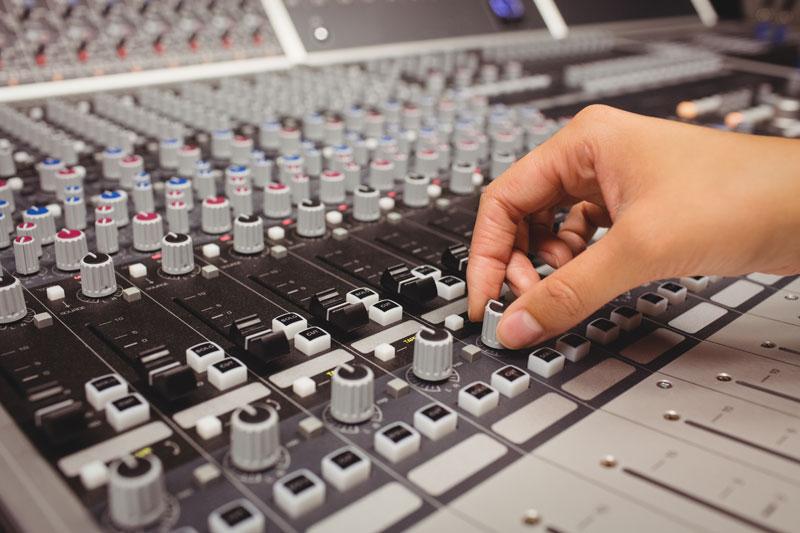 Most country music requires analog processing. However, the effect should be milder than the one you’ll use for mixing rock and not so aggressive.
Most country music requires analog processing. However, the effect should be milder than the one you’ll use for mixing rock and not so aggressive.
Country music is moderate in loudness and distortion; it’s not harsh and doesn’t challenge the limits as much as rock does, especially hard rock. You’ll have to keep the dynamic range and intensity of a country song somewhere between jazz and rock.
Kick drum and smaller drums
Drums are mixed in a special way in country tracks, very close to their original live room sound. We don’t add reverb to drums for this genre, and we mix them using room mics and overheads.
Mix drums for country songs the same way you would for jazz tracks, but make the drums just a bit heavier.
I like the idea to use a heavy compressor on room mics because this enhances the tails on drums and makes everything you hear sound even more natural and beautiful.
Another rule with the drums is that you need to be careful with gates. Country music is very dynamic and includes lots of quiet sounds that you want to preserve. One not careful move can harm the beauty of the song. For example, if you use a gate to shape the snare drum, it may harm the quiet sounds that go after the snare, such as brushes or other instruments. Be careful with such things, and if you want to use gate, automate it to make it more advanced and less harmful to small musical details.
Mixing bass
Bass must be brighter and not as aggressive as heard in rock band songs.
We compress the bass well, with an emphasis on its strong middle part. As in all classic rock, bass and kick drum should be joined together carefully as their frequency bands are close. So we work on frequencies, giving space to both of the instruments to play.
Another way to clear space for kick and bass is to use multiband sidechain compression on the bass and sidechain it to the drum. We often talk about multiband sidechain compression in our blogs.
 Acoustic guitars
Acoustic guitars
Acoustic guitars are at the heart of a country song. In order to enhance the sound of the guitars and make them more beautiful, we can use one of the two classic compressors. They are the LA-3A and Fairchild compressors. You can use either one; they are used in almost all modern country music. These compressors enhance big tails on sounds and a good presence of attacks. All this makes the sound full and powerful.
Then you can add a classic equalizer and big room reverb to enhance the music even more.
It’s good to compress an acoustic guitar by side-chaining it to the snare drum because the guitar’s attack can be as bright as the snare’s, and they will fight for space.
Electric guitars
We mix electric guitars not too bright, leaving the higher frequency bands for the acoustic ones to lead the way. In most country songs, the electric guitar is just a cool background for the acoustic one, kind of working like a pad synth for country music.
Steel guitar
Slide guitars or steel guitars are used in many subgenres of country music, starting with Western Swing. For these instruments, we use a long reverb, of course. But the best way is to use vintage reverb on steel guitars, such as a plate or spring reverb. Take, for example, the Abbey Road reverb plate, it will work perfectly for steel guitar.
Stereo image in mixing country music
Another difference the country mix has from mixing rock music lies in panning. We use hard right and left panning for some instruments in this genre, which we rarely allow for other genres. For example, we may pan the piano strictly to the right, the guitar strictly to the left, and so on.
The stereo image becomes very expressive and alive, very much fitting for country music.
Want a free test mix of your track?
We get it.
That’s why we’ll do a full hybrid (analog + digital) mix of your song —
for free.
No upfront payment. No risk.
You only pay if you’re blown away. And if you are, we’ll slash 40% off the final price.
Nobody else in mixing and mastering offers this.
Why?
Because most studios say yes to every project. We don’t. We only mix what we’re excited about — so send us your best track. If we like it, we’ll mix it like it’s going to the Grammys.
👉 Just drop your name and email to get started.
Synthesizers
Synthesizers are usually not used in this genre; however, new styles appear within each genre unpredictably, and pop influence is very common.
If synths do appear in the country song you are mixing, you’ll still have to keep them subtle and in the background.
Mixing vocals
Lead vocals are used without auto-tune for traditional country songs. It’s best to do vocal tune gently and manually to prevent any robotic effects.
We mix the vocal track to be upfront, almost dry, because the reverb very rarely sounds good here.
However, some reverb is definitely needed for back vocals to make them sound bigger.
Use automation
Automation is the next step in mixing a country song. We use it for turning up the chorus and balancing the instruments. The elements of country songs have lots of compression, so it is necessary to balance them well; otherwise, you’ll just receive chaos, not a coherent composition.
The final touch
And in the end, we do pre-mastering. Use clean or vintage tape to round up transients. It’s better not to use limiters for country music. Instead, the best approach is analog and old-school. With different compressors, we enhance loudness, and then we use a soft clipper. With the classic mixing approach, country music will sound as it should.
Mix with us!
With time, country music has gained a lot of different styles and sound qualities, and it keeps developing and changing. Mixing this genre involves understanding pop music and other popular genres, artists, and styles that have influenced each particular modern country singer, song, or album.
We at Major Mixing have been mixing various types of music for many years, and we carefully listen to and study the modern tendencies in country music and record production as well.
Send your record to us for mixing and mastering!
We’ll mix, bringing out the best sound in your song. Using our experience, you’ll receive a truly professional mix for your country song or album, and boost your career.

